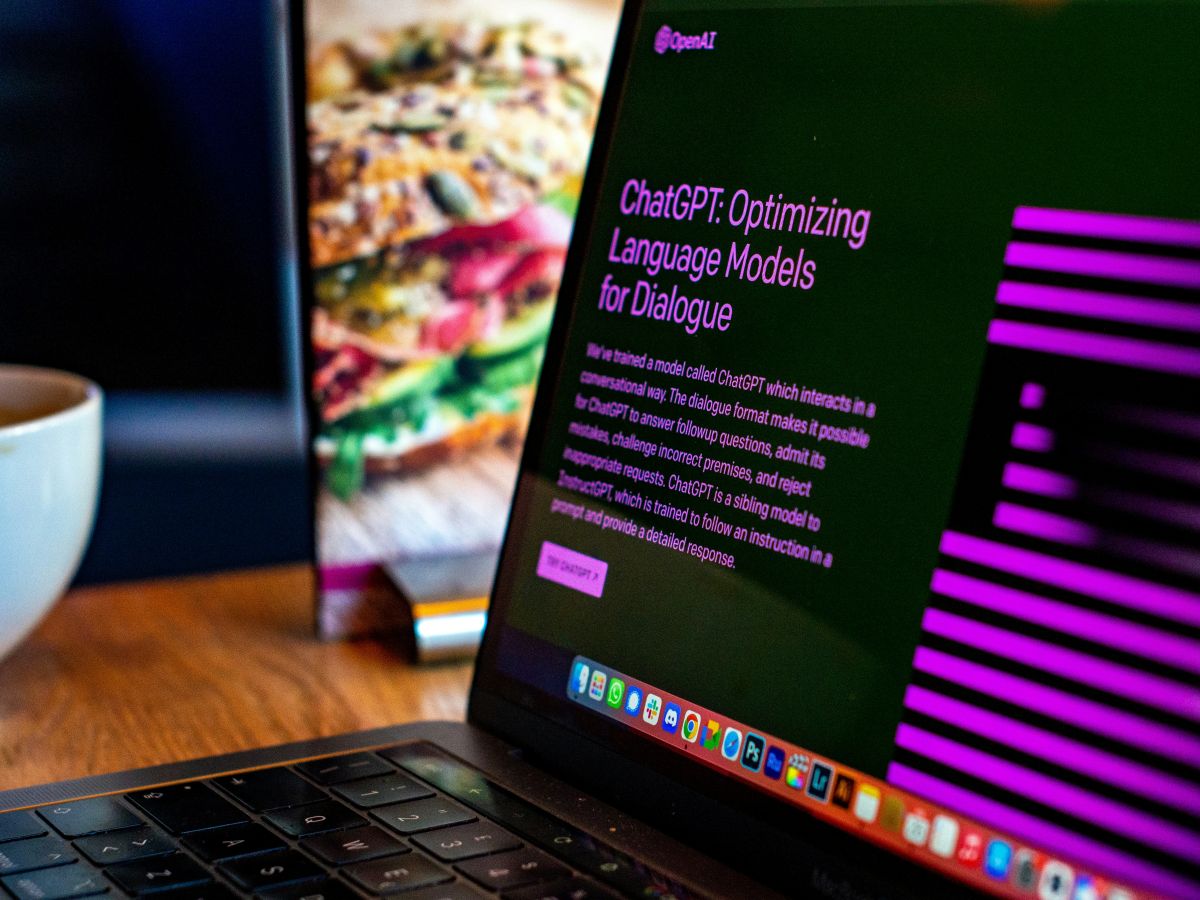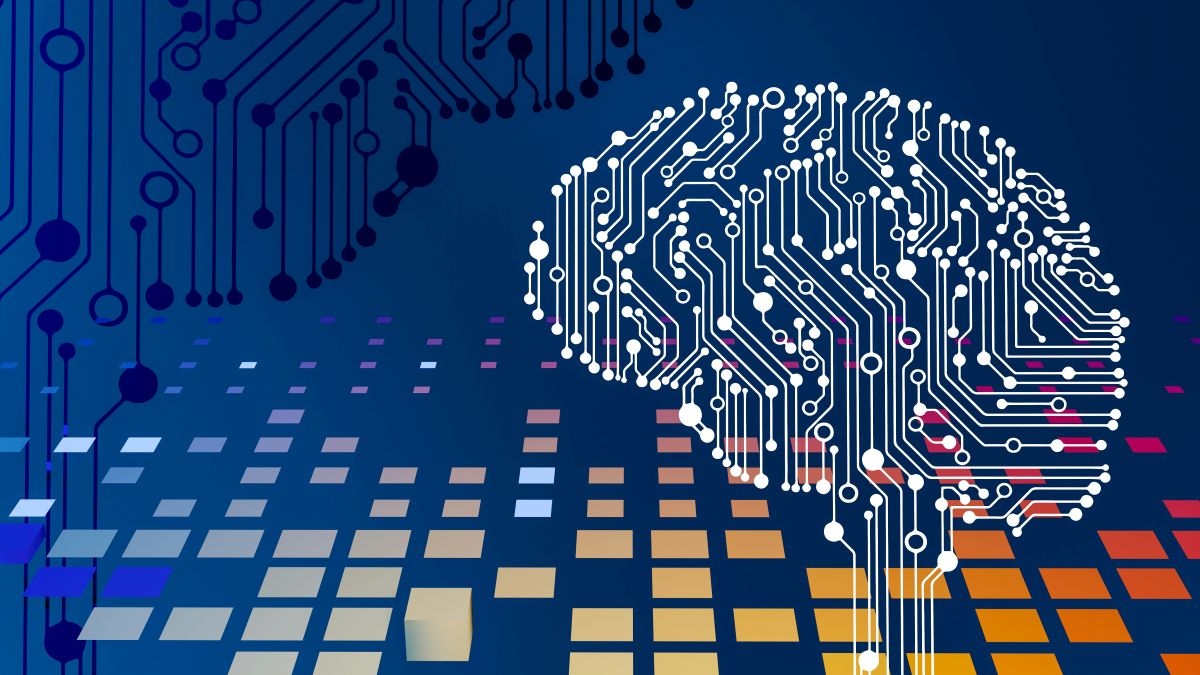Beginner’s Guide to Learning Generative AI (No Coding Needed)
Generative AI has emerged as one of the most groundbreaking advancements in technology. From creating realistic images and music to generating human-like text, this AI technology holds immense potential for various industries. However, when most people think of learning AI, they often imagine complex coding and advanced mathematics. The good news is that you can begin your journey into generative AI without the need for coding knowledge. In this beginner’s guide, we’ll explore how you can learn generative AI without writing a single line of code and still be well-equipped to utilize the technology effectively.
Whether you're interested in pursuing a career in AI or simply curious about how these systems work, this guide will show you the basics, tools, and resources to get started on your generative AI journey.
What is Generative AI?
Before diving into how to learn it, it's essential to understand what generative AI is and why it matters.
Generative AI refers to a type of artificial intelligence designed to generate new content rather than simply process existing data. It can create text, images, music, and even video that mimics human creativity. Unlike traditional AI, which focuses on classification or prediction tasks, generative AI produces something entirely new based on patterns it learns from existing data.
For example, tools like GPT (Generative Pretrained Transformer) can create realistic text based on prompts you provide. Similarly, AI models like DALL-E or MidJourney can generate original images from text descriptions.
By understanding what generative AI can do, you’ll better grasp why it's important and how you can leverage it in your field or daily life.
Start with the Basics of AI and Machine Learning
While you don't need to know how to code to get started with generative AI, it helps to understand some fundamental concepts of artificial intelligence and machine learning (ML).
AI is a broad field that focuses on creating machines capable of performing tasks that typically require human intelligence. Machine learning, a subset of AI, is about training machines to recognize patterns in data and make predictions based on those patterns. Generative AI is a specific branch of ML that focuses on generating new data that is similar to the data it has learned from.
Here are a few basic terms you should know:
- Neural Networks: These are systems inspired by the human brain and form the foundation of generative AI. They consist of layers of nodes that process information and pass it along to other layers.
- Training Data: This is the data used to teach AI models. For instance, a model trained to generate text would learn from a large dataset of books, articles, and conversations.
- Model: A model is a trained AI system capable of making predictions or generating content. For example, GPT is a generative AI model.
Familiarizing yourself with these concepts will provide a solid foundation for understanding how generative AI works, even without coding.
Explore No-Code AI Tools
You don't need to be a programmer to use generative AI effectively. Several no-code platforms allow you to experiment with AI tools and applications directly. These platforms provide user-friendly interfaces that allow you to interact with AI models without writing code.
Here are some popular no-code generative AI tools you can try:
- a) OpenAI's ChatGPT
One of the most well-known generative AI tools is ChatGPT, which can generate human-like text based on a prompt. It can help you draft emails, write blog posts, create stories, and even hold engaging conversations.
- b) Runway ML
Runway ML is an easy-to-use platform that allows you to access various AI models for generating images, videos, and text. You can explore their vast library of pre-trained models, which you can use without coding knowledge to create compelling content.
- c) Canva with AI Integration
Canva has integrated AI tools to assist users in creating images, presentations, and social media posts. With its text-to-image feature powered by AI, you can generate visuals from simple text prompts without any coding.
- d) Lumen5
For content creators, Lumen5 uses AI to transform text-based content into videos. Simply input a blog post or script, and Lumen5 will automatically generate a video that includes relevant visuals, transitions, and music.
These tools let you get hands-on experience with generative AI and start creating your own AI-generated content without any coding expertise. By using them, you’ll get an intuitive sense of how generative AI works in practical applications.
Understand the Ethics and Limitations of Generative AI
As with any new technology, generative AI comes with its own set of ethical considerations. It's essential to understand these issues before you begin using or creating AI-generated content.
Some key ethical concerns include:
- Bias in AI Models: AI models are trained on data from the real world, which can contain biases. If the training data is biased, the AI model may produce biased or unfair outputs. Understanding this issue is crucial when using AI for decision-making.
- Plagiarism and Ownership: Generative AI can create content that resembles existing works. It's important to be mindful of intellectual property laws when using AI-generated content, particularly if you're creating something that may be shared publicly.
- Misinformation: Generative AI models, such as those used for text generation, can produce content that is factually incorrect or misleading. Always verify the information before using it in professional or public settings.
By learning the ethical implications, you can use generative AI responsibly and avoid potential pitfalls.
Experiment and Build Projects
One of the best ways to learn generative AI is by doing. You don’t need to start from scratch; instead, experiment with various tools and build simple projects. Some ideas include:
Generate Blog Posts or Articles using GPT-based tools like ChatGPT or Jasper.
Create Visual Content with AI tools like DALL-E or DeepArt.
Build Simple Music Tracks with tools like Aiva or Jukedeck, which generate music based on your inputs.
As you experiment with these tools, you’ll gain a hands-on understanding of how generative AI works, and you’ll start to recognize patterns and possibilities that were not immediately apparent. The more you play around with the technology, the better you’ll understand its applications and potential.
Find a Future in AI Today
Learning generative AI without coding is entirely possible, and it’s easier than ever thanks to the plethora of no-code tools and online resources available. By understanding the basics of AI, using no-code tools, and engaging with online courses, you can quickly get up to speed with generative AI and start applying it in real-world scenarios. Whether you’re looking to boost your career or just explore a new area of interest, generative AI offers endless opportunities.
At WorkForce Institute, we recognize the need for practical, hands-on experience in this exciting field. Our accelerated generative AI bootcamp is designed to help industry leaders, professionals, and learners gain the knowledge and skills required to work with generative AI tools and models. Whether you're upskilling for a career change or reskilling to stay competitive in your industry, WorkForce Institute is the perfect place to start your generative AI journey.
Enrolling in WorkForce Institute’s accelerated generative AI bootcamp can provide the practical experience and skills needed to succeed in this fast-evolving field. Whether you're starting from scratch or looking to enhance your knowledge, this bootcamp will empower you to make an impact with generative AI.


